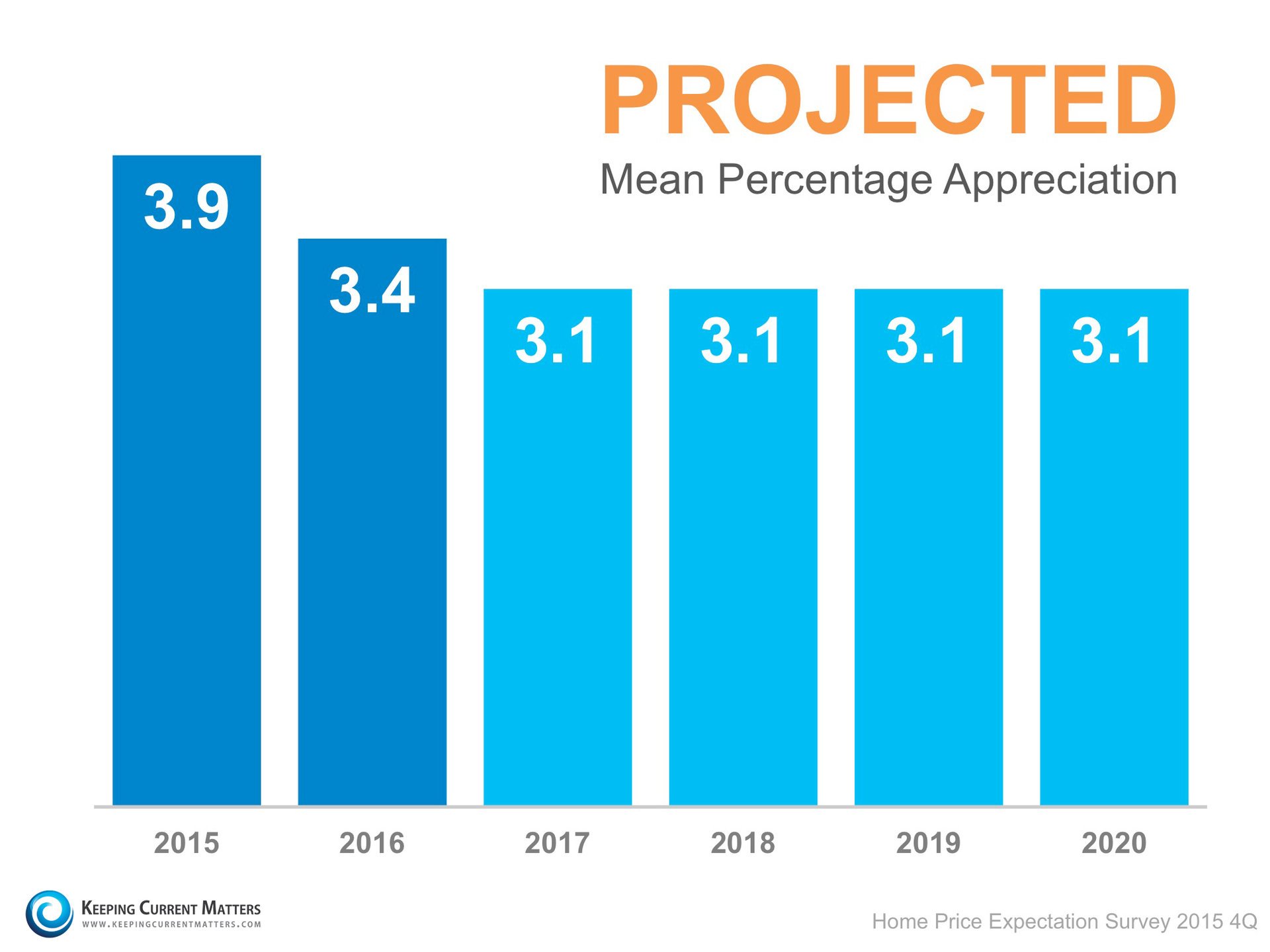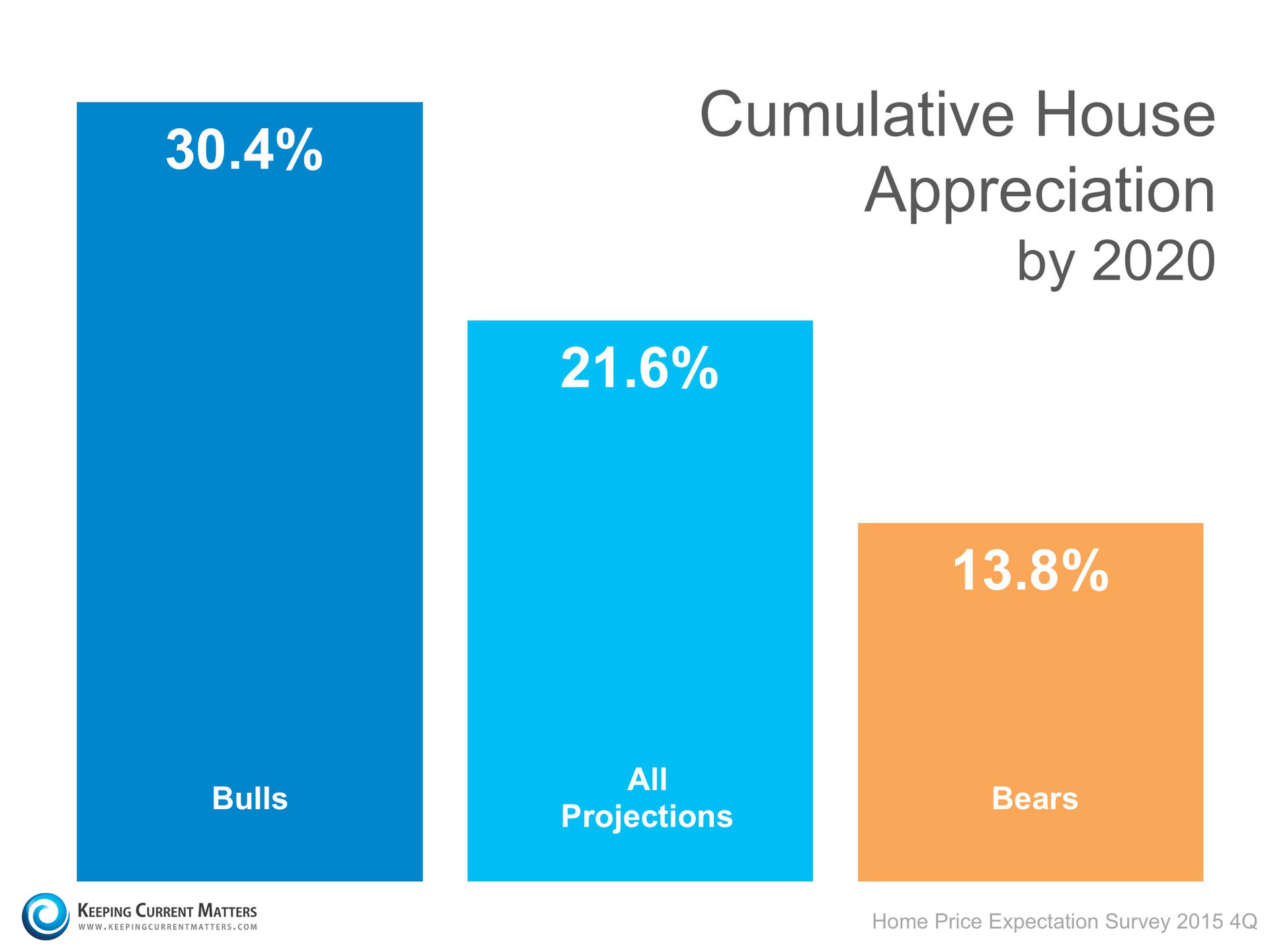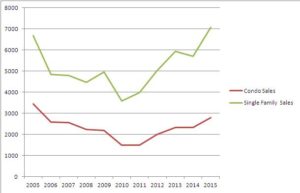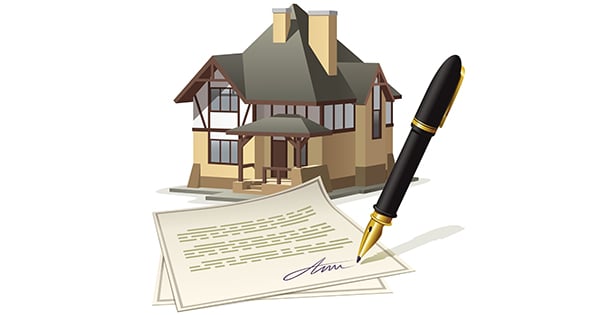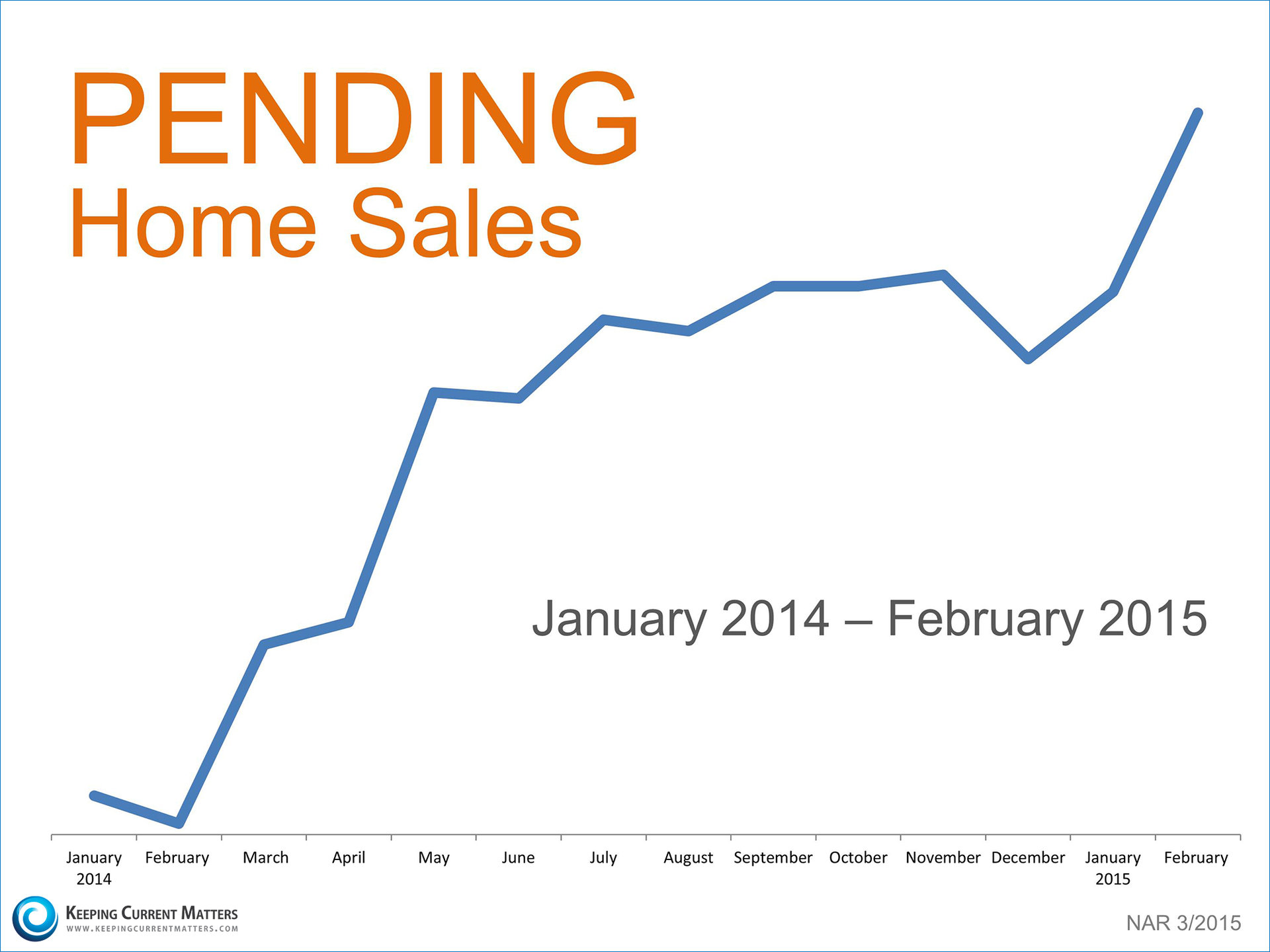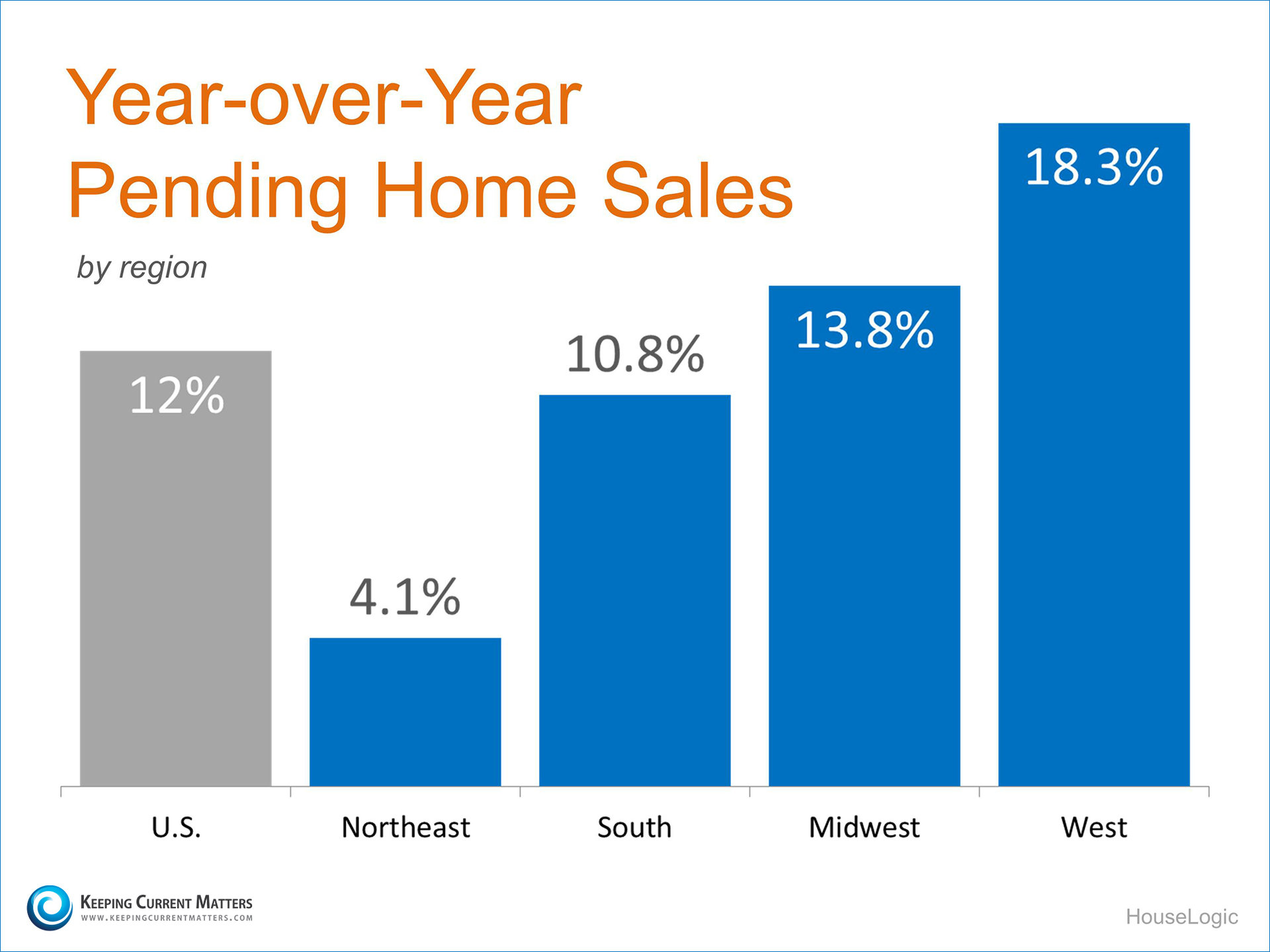I am reposting this Lovejoy Wharf story from Curbed.com and Tom Acitelli because it is so exciting to see it finally happening. I worked on this project pre-development at Coldwell Banker Residential Brokerage oh so many years ago. So happy to see the incredible Barbara Cusack named sales director for this Related Beal development.
As 2016 begins, the residential market is going through its typical seasonal slowdown.
But despite the winter cool down, these markets are still shining through as the 20 hottest markets in the nation, with San Francisco once again landing the title of the hottest housing market in America, the latest report fromrealtor.com said.
However, while supply is moving slowly, it is still faster than last year, with days on the market is down 7% y/y.
On a similar note, the report found that the median list price in December is also down slightly from November. While this is consistent with the season, the decline is not as dramatic with prices stronger than usual in December.
Here are the 20 hottest housing markets in December
20. Midland, Texas
19. Fort Wayne, Indiana
18. Tampa-St. Petersburg-Clearwater, Florida
17. Boulder, Colorado
16. Detroit-Warren-Dearborn, Michigan

15. Modesto, California
14. Palm Bay-Melbourne-Titusville, Florida
13. Nashville-Davidson-Murfreesboro-Franklin, Tennessee

12. Oxnard-Thousand Oaks-Ventura, California
11. Los Angeles-Long Beach-Anaheim, California
10. Stockton-Lodi, California
9. Yuba City, California
8. Santa Rosa, California
7. Denver-Aurora-Lakewood, Colorado

6. San Diego-Carlsbad, California
5. Sacramento-Roseville-Arden-Arcade, California
4. Dallas-Fort Worth-Arlington, Texas

3. Vallejo-Fairfield, California
2. San Jose-Sunnyvale-Santa Clara, California
1. San Francisco-Oakland-Hayward, California

/cdn0.vox-cdn.com/uploads/chorus_image/image/54482731/Exterior___LJ.0.jpeg)
/cdn0.vox-cdn.com/uploads/chorus_asset/file/8418733/Rooftop_Terrace___LJ.JPG)
/cdn0.vox-cdn.com/uploads/chorus_asset/file/8418741/Living_Room___LJ.JPG)
/cdn0.vox-cdn.com/uploads/chorus_asset/file/8418745/Library_Lounge___LJ.JPG)

![Where Are Americans Moving? [INFOGRAPHIC] | Keeping Current Matters](http://www.keepingcurrentmatters.com/wp-content/uploads/2016/02/MovingAcrossAmerica2016-KCM1.jpg)


